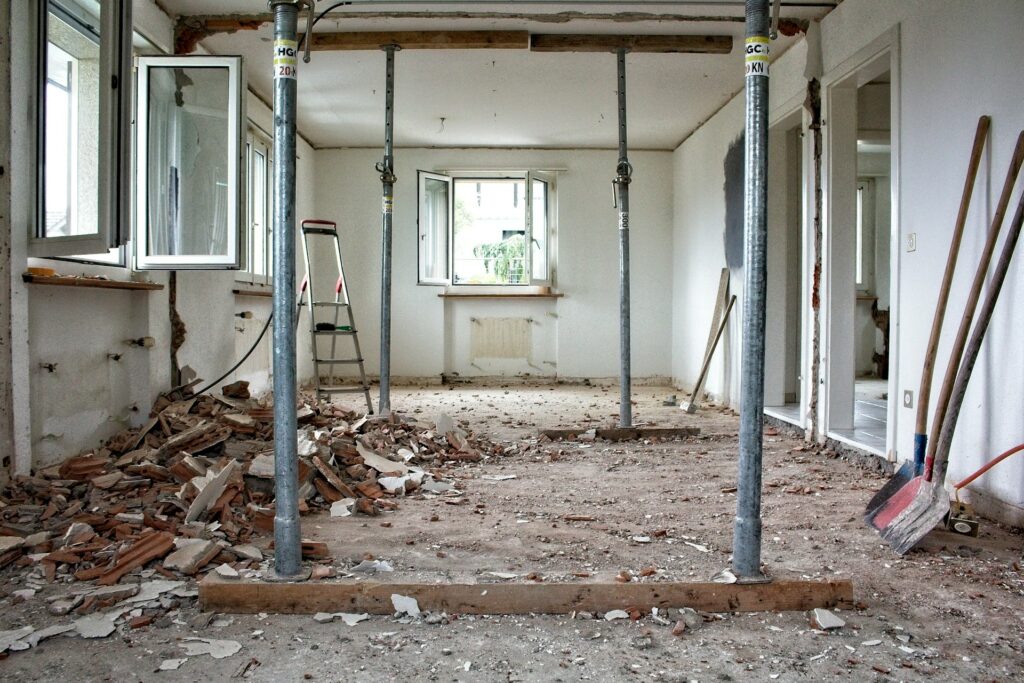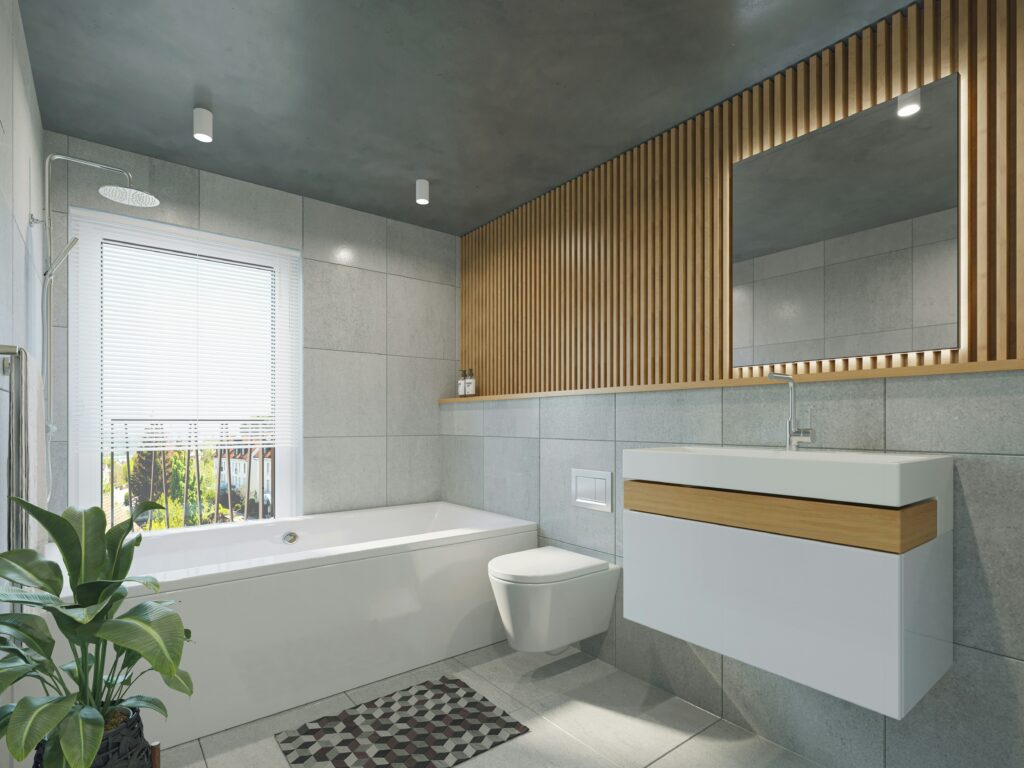CONSERVATORIES AND OTHER EXTENSIONS TO YOUR GARDEN FLAT:
WHAT YOU NEED TO KNOW:
Building a conservatory or similar extension in the garden of your ground floor flat can seem like a straightforward project. Some conservatories can be erected in just a week. But the process is more complicated than it appears: there are both technical and legal issues that must be considered before any work commences.
Whether you are a Leaseholder planning a conservatory in your own flat, a Landlord or Property Manager responsible for a property, or a Solicitor appointed to prepare the Licence to Alter for such alterations, these are the key points to bear in mind:
Technical and Property Issues
Structural Alterations:The works may involve structural alterations, for example removal of walls and forming of new openings into the new conservatory. It is important that the structural alterations are assessed and designed by a structural engineer. In some cases, the Leaseholder’s engineer may provide the Landlord with a warranty for their design or the Landlord may appoint a checking engineer to approve the details and calculations submitted by the Leaseholder’s team.
Drainage:Gardens often house contain drainage points, preventing the build-up of rain water. It is important to ensure a conservatory does not impede this process, or that alternative drainage is built in. If the new structure sits over a working manhole, it is vital that the lease is adjusted so the Landlord is able to gain access for future works and emergencies.
Noise and light pollution:Conservatories can be a noise nuisance for neighbouring properties, as they are likely to be occupied more often, and later in the evening, than gardens. It is, therefore, important to include adequate insulation. Similarly, large panes of glass can reflect unwanted light into neighbouring properties (i.e. Flats above), so this must also be avoided.
Existing Electrical Supply:The additional electrical load created by the extension should be calculated and if an increased Landlord intake is required such coasts should be borne to the Leaseholder of the garden Flat.
Security:The inclusion of an extension may make first floor windows easier to access and therefore more vulnerable. The inclusion of additional security measures may therefore need to be considered along with the allocation for associated costs.
Freeholder Issues
Consent:a Leaseholder planning an extension like a conservatory will first need the consent of the Freeholder. A Licence to Alter must be drawn up, setting out Terms and Conditions.
Purchase Premium: The garden area may be part of the Freehold demise. In that case, the Freeholder may have the right to charge the Leaseholder for the right to build on the land. This can lead to financial, legal and relationship issues! It is sensible for both parties to seek objective advice before the project begins. If a purchase premium is required, the parties will need to consider the appointment of independent valuation expertise.
Ownership and Repairing Obligations: If the conservatory is built by the Leaseholder in the garden flat, it is vital to agree up-front who should pay for exterior maintenance and replacement in due course. Other exterior work will often fall under the Freeholder’s responsibilities, but there is a clear argument for the conservatory to be managed by the leaseholder. Either way, a tightly written License is vital.
Issues for the Landlord and other Leaseholders
Service Charges: The conservatory will have increased the floor area of the flat. This will change the square footage proportions between the building’s leaseholders, a change that may have implications on service charges.
Buildings Insurance: Again, the increased size of the flat owning the conservatory may add to Buildings Insurance Reinstatement costs. If these are shared across the building (for an example an increase in the insurance premium as a result of the works), agreement is required as to whether this additional cost should be shared or borne solely by the garden flat.
The Buildings Insurance cover/premium may also increase temporarily to cover the construction of the works on site.
Scaffolding: The erection of the new conservatory/rear extension may affect the Landlords ability to erect scaffolding in the future (for exampleif roofing or work or repair and maintenance of the external elevations above the new conservatory). The Leaseholder of the garden flat will be obliged to allow erection within the garden. This means the conservatory must be able to bear the load of the scaffolding if necessary, and the Leaseholder must cover any additional costs. If the new building is not weight bearing, greater costs may be encountered in erecting a scaffolding ‘bridge’ over the conservatory. In this case, clarity is required as to whether that increased cost should be borne by all the leaseholders, or just the owner of the conservatory.
New Titles:it may be necessary to draw up a new title for the Flat and/or a new Lease Plan, taking the conservatory into account.
Statutory Controls
Party Wall Matters:If the work falls under the jurisdiction of the Party Wall etc. Act 1996, Notices will need to be served on the Adjoining Owners and an Award may need to be agreed. The type of works that will fall under the Act include excavations, building on the boundary line and/or fixing to existing arty/boundary walls.
Planning Law:Conservatories and other extensions are subject to planning law, and must be fully compliant.
Listed Building Consent: This is a requirement for all work carried out in or around listed structures even if the original exterior remains intact.
Building Regulations:The work must also be completed in accordance with the relevant Building Regulations.
Why Appoint a Chartered Building Surveyor?
As we have seen, there is much more to building a new conservatory or similar structure than just erecting the building itself.
The numerous technical and legal issues are best considered well in advance and holistically to provide protection to both the Freeholder/Landlord and the Leaseholder undertaking the work.
A Chartered Building Surveyor, appointed to deal with the Licence to Alter application will:
- Review the proposals and consider the implications in the context of the Lease;
- Liaise with the Leaseholder’s team to ensure that suitable information is provided to assess the scheme;
- Prepare a report, summarising the works, the implications on the building and with clear recommendations for the Terms and Conditions of Consent;
- Ensure that all Statutory applications/consents are obtained;
- Liaise with the Landlords Solicitors to prepare the Licence;
- Monitor the work on site on behalf of the Landlord;
- Ensure that the Leaseholder complies with all Conditions Precedent and discharges their obligations under the Licence;
Earl Kendrick have vast experience in dealing with residential work of this sort (that falls within the area of ‘Licence to Alter’).
Our skills and expertise in this area enable us to provide clear advice to both Leaseholders and Landlords. We are regularly appointed to act as the Landlord’s Surveyor to monitor Leaseholder works and often for large and complex Leaseholder alteration projects.
Find out more
Earl Kendrick Associates are highly experienced in dealing with Licence to Alter matters on behalf of Landlords and Leaseholders.
For more information, see our website: www.licencetoalter.com
or keep up to date on our dedicated twitter feed @licencetoalter


